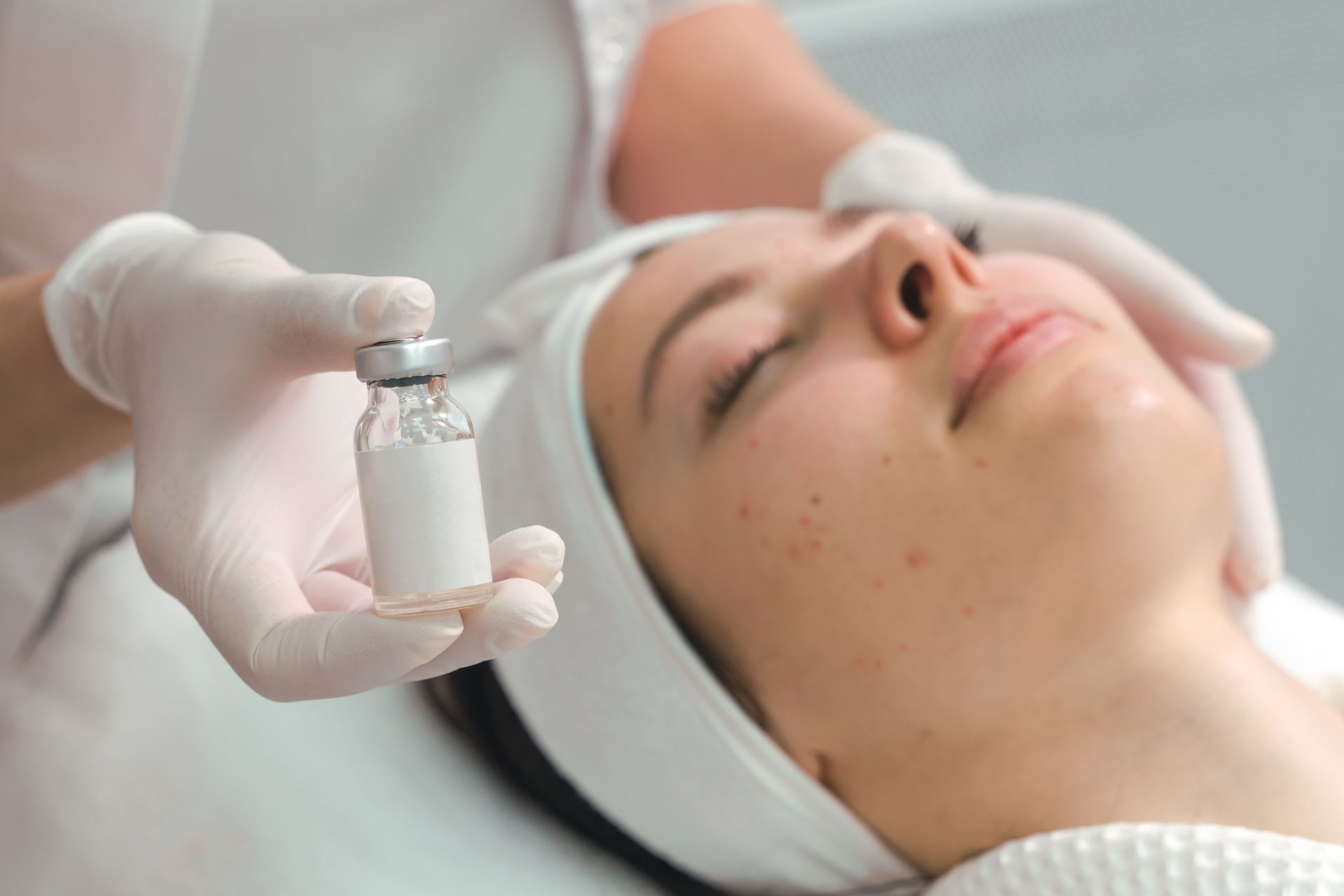Tame the Breakout: Effective Acne Treatment Options

Acne, that pesky skin condition that can affect our self-confidence and overall well-being. Whether you're a teenager experiencing breakouts for the first time or an adult struggling with persistent acne, finding the right treatment options can make all the difference. At Fall Creek Skin and Health Clinic, we understand the impact acne can have on your life, which is why we offer a range of effective solutions to help you tackle those stubborn blemishes. In this blog post, we'll explore some of the most common and effective acne treatment options to help you tame the breakout and achieve clearer, healthier skin.
1. Topical Treatments:
Topical treatments are often the first line of defense against mild to moderate acne. These treatments typically come in the form of creams, gels, or lotions that are applied directly to the skin. Common ingredients found in topical treatments include benzoyl peroxide, salicylic acid, and retinoids. These ingredients work by unclogging pores, reducing inflammation, and promoting cell turnover to prevent new breakouts. When used consistently, topical treatments can help improve acne and prevent future flare-ups.
2. Oral Medications:
For more severe cases of acne, oral medications may be prescribed by a healthcare provider. Antibiotics, such as tetracycline and doxycycline, are commonly used to target the bacteria that contribute to acne. Oral contraceptives can also be effective in regulating hormones that may be causing breakouts, especially in women. In some cases, isotretinoin, a powerful oral medication derived from vitamin A, may be prescribed for severe cystic acne that has not responded to other treatments.
3. Laser and Light Therapies:
Laser and light therapies are innovative treatment options that can help improve acne by targeting the bacteria that cause breakouts and reducing inflammation. These treatments can also help to minimize the appearance of acne scars. At Fall Creek Skin and Health Clinic, we offer advanced laser and light therapies that are safe, effective, and can be customized to suit your individual skin needs.
4. Chemical Peels:
Chemical peels are another effective treatment option for acne-prone skin. During a chemical peel, a solution is applied to the skin to exfoliate dead skin cells and unclog pores. This process can help improve acne, reduce the appearance of acne scars, and promote a smoother, more even skin tone. Chemical peels can be tailored to your specific skin concerns and are available in varying strengths to suit different skin types.
5. Lifestyle Changes:
In addition to medical treatments, making certain lifestyle changes can also help improve acne. Eating a balanced diet, staying hydrated, getting enough sleep, and managing stress levels can all contribute to healthier skin. Avoiding harsh skincare products, touching your face excessively, and picking at blemishes can also help prevent further breakouts. Our skincare experts at Fall Creek Skin and Health Clinic can provide personalized recommendations on skincare routines and lifestyle modifications to support your acne treatment plan.
At Fall Creek Skin and Health Clinic, we are committed to helping our patients of all ages achieve clear, healthy skin. Our experienced healthcare providers will work with you to develop a customized treatment plan that addresses your unique skin concerns and goals. If you're ready to tame the breakout and take control of your skin, contact us today to schedule a consultation. Let's work together to reveal your best skin yet!
Remember, effective acne treatment requires patience and consistency. With the right combination of treatments, lifestyle changes, and expert guidance, you can successfully manage your acne and enjoy smoother, clearer skin. Don't let breakouts hold you back – take the first step towards a healthier complexion with Fall Creek Skin and Health Clinic.




